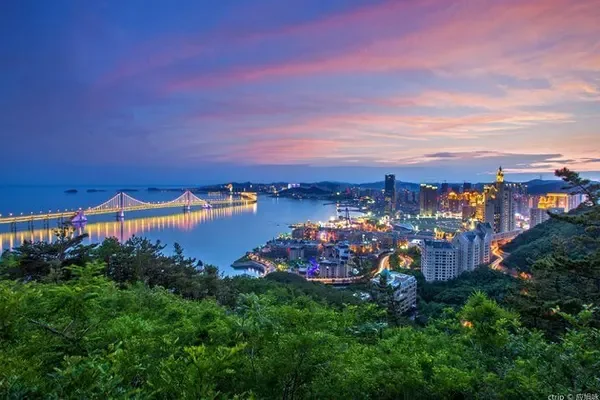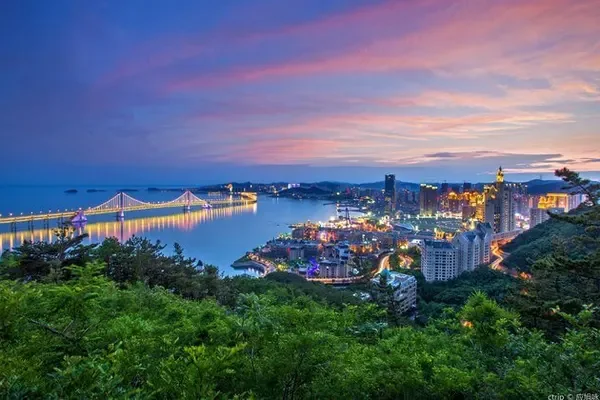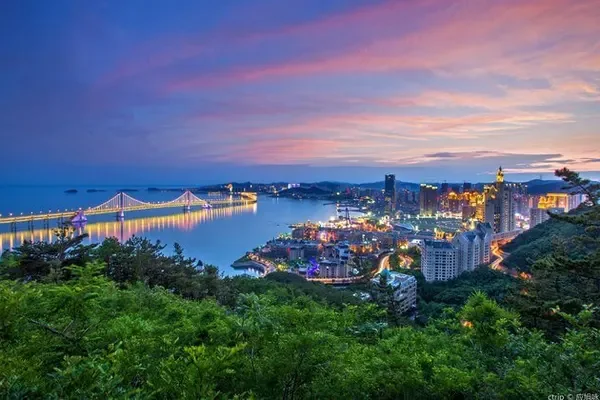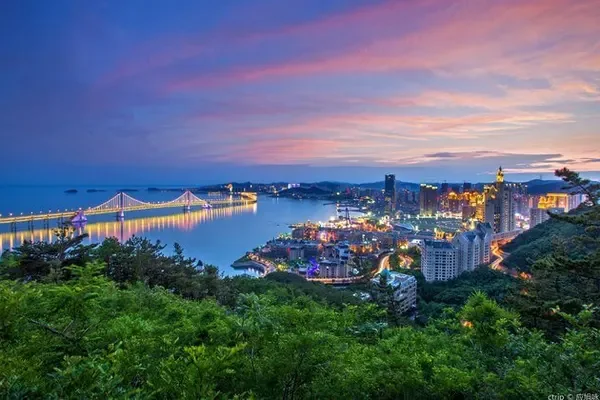China is so big, I want to visit it. Take you to a place you have been or have not been to.
The first garden of Islamic history and culture of the Hui nationality——China Huixiang Cultural Park
2012 Ningxia Yinchuan Chinese Homecoming Cultural Park ticket 60 yuan

There are 10 Muslim ethnic groups in China who believe in Islam. The Hui nationality is the most populous ethnic group among the Muslim ethnic groups in my country, accounting for about half. The Hui nationality is distributed all over the country, and has the characteristics of scattered large and small concentrated, large scattered in the north and south of the river, and small concentrated near mosques in urban and rural areas. Even several Hui families have to connect their houses together. Ningxia Hui Autonomous Region is undoubtedly the most concentrated area of Hui.
The Hui Hui people made great contributions to the founding of the Yuan Dynasty, so their social status was high, second only to the Mongols and higher than the Han and Nan people. Back to Nasu Latin is a descendant of a holy descendant, an aristocrat in the Yuan Dynasty, with many descendants, and later divided into four surnames: Na, Su, La, and Ding. The Na surname moved from Shaanxi to the north of Yongning County, Yinchuan City, Ningxia in the Ming Dynasty. The gathered villages are called Najiahu Village is one of the oldest Hui communities in Ningxia. The Najiahu Mosque was built in the third year of Jiajing (1524) in the Ming Dynasty and has a history of 480 years. It has an important influence on the Hui people in Yongning County and even the whole region. Huixiang Cultural Park is chosen to be built here.
The Great Mosque in the style of Han and Tang Dynasties in Najiahu Village, Yongning County, Yinchuan

Entering the Hui Cultural Park, you will be greeted by characteristic buildings and decorations with strong ethnic characteristics and Islamic charm.

The central axis of the Cultural Park sits in the west and faces east, and in front of the main gate is the Unity Square. The main gate draws lessons from the design of the Taj Mahal in India. The gate is 38 meters high and has 206-meter-long corridors on both sides.
main gate



Entering the main gate is the holy square. In the center of the holy square is the drunken pool with a fountain. Unity Square and Holy Square are places where grand gatherings and large-scale cultural performances are held.


On the central axis behind Shengjie Square, there is the only Hui culture-themed museum in China, and it is the cultural support and artistic essence of the Chinese Hui Cultural Park. The overall building is in the shape of "Hui" and is divided into five exhibition halls, which focus on displaying "the historical origin of the Hui nationality in China", "the contribution of Islamic civilization to world civilization", "the formation and customs of the Hui nationality in China", and "the Hui nationality's contribution to the history of Chinese civilization". Contribution", "Ningxia Hui Autonomous Region".
China Hui Nationality Museum


Presented by Kuwait, an ancient Arabian ship (model) and traditional Arab costumes symbolizing the friendship between China and Arab states


The cultural relics on display are unearthed cultural relics, Persian gilt silver pot (unearthed in Guyuan, Ningxia).

Chicken head pots are popular in Central Asia and Islamic places, and are very popular among Muslims. The production process is influenced by Chinese porcelain.


The formation of the Hui nationality, the belief of the Hui nationality is the Sinicization of Islam.


back to customs
Prayer is to be said five times a day in the direction of the Holy Land of Mecca (west).

Idolatry is not allowed, there are no images of gods, and no animals appear in the decorations. Mosques and homes often feature Masjid and Kaaba decorations.


Outstanding Figures of Huihui Nationality
Zheng He, the eunuch of the Three Treasures. Originally surnamed Ma, Emperor Yongle of the Ming Dynasty bestowed the surname Zheng, and was born in Kunming. July 11, 2005 To commemorate the 600th anniversary of the great Chinese navigator Zheng He's voyage to the Western Seas, July 11 was established as "China Navigation Day".

National anti-Japanese hero Ma Benzhai. Mao Zedong called the troops under his leadership "the invincible Hui detachment" and wrote the inscription "Ma Benzhai will not die" for him.

Ningxia and the Hui




Huixiangrenjia Folk Village
Located at the back of the Hui Nationality Museum, there are 5 sets of folk houses. Some Hui folk customs such as Hui wedding customs, paper-cut art, mud wow, blowing strings, folk songs and dances are selected for display, which is also a kind of protection, excavation, research and inheritance of Hui culture and heritage.




Aisha Palace (Performing Arts Hall)
Ayisha is the name of a beautiful, kind-hearted Hui girl who is good at singing and dancing in Hui folklore. Aisha Palace specially produced a performance for the large-scale dance drama "Helan on the Moon" in Ningxia. It is a high-end performance venue, which can satisfy 500 people dining at the same time and watching the performance at the same time. It can also meet various conferences, lectures, and academic research meetings. and other large-scale events.


Al Mansour Palace (Food Center)
Mansour, the second caliph of the Abbasid dynasty of the Arab Empire (Islamic political and religious leaders are called the caliphate, and Mansour built the metropolis of Baghdad). The catering center shows the food culture of the Hui nationality to tourists, provides meals such as "special flavor snacks", "special Halal banquet", "Zheng He's voyage banquet", and can be used as a place for rest. From architectural decoration to interior room layout, Hui costumes are close to the life of Hui people.


Golden Ceremonial Hall
It is located on the left side of the Hui Nationality Museum. The building of the main hall has absorbed the Arab Islamic classical architectural style, and integrated the layout and decoration features of the worship hall of the Chinese Hui mosque. The square layout has an octagonal main hall.




The hall is 38 meters high, 86 meters deep, and 62 meters wide. There are 46-meter-high minarets at the four corners, which can accommodate thousands of people for ritual activities at the same time. It is currently the largest multi-functional worship hall for demonstration worship and viewing in China. Allowing tourists to enter the temple to watch the ceremony and visit also shows the open and harmonious mind of the Hui people in China.


There is a horseshoe-shaped niche in the middle of the west wall of the hall, facing the west, which is the orientation of Mecca, the holy place of pilgrimage for Chinese Muslims.

(those with hijab are not muslims, they are tourists)



Muslims do not allow idol worship, so images of gods are never enshrined or hung in mosques or Muslim homes. The etiquette hall is decorated with Islamic flowers, plants and Arabic patterns (no animal patterns), which highlights the charm of Islamic art, and the scene gives people a feeling of shock.







Chinese Hui First Street
The First Street of the Chinese Hui Nationality connects the Chinese Hui Hometown Cultural Park with the 480-year-old Najiahu Mosque. The Hui Nationality Commercial Street is 450 meters away. It integrates eating, living, traveling, shopping, entertainment and viewing. You can taste authentic Ningxia Hui snacks and Halal dishes with local characteristics; you can buy exquisite Hui crafts and Ningxia local specialties. Najia Folklore Courtyard is available for occupancy.
Because I went earlier (2012), it has been built now.



When you come to the China Homecoming Cultural Park, "read history in the museum, explain customs in the etiquette hall, taste the banquet at the Aisha Palace, enjoy singing and dancing at the Mansour Palace, and go shopping next to the Najia household", your harvest must be fully.
At the end, there was a section of "Bunker" that returned to the younger brother in the hall. The echo effect of the hall was really wonderful, and the live feeling would be even better.



